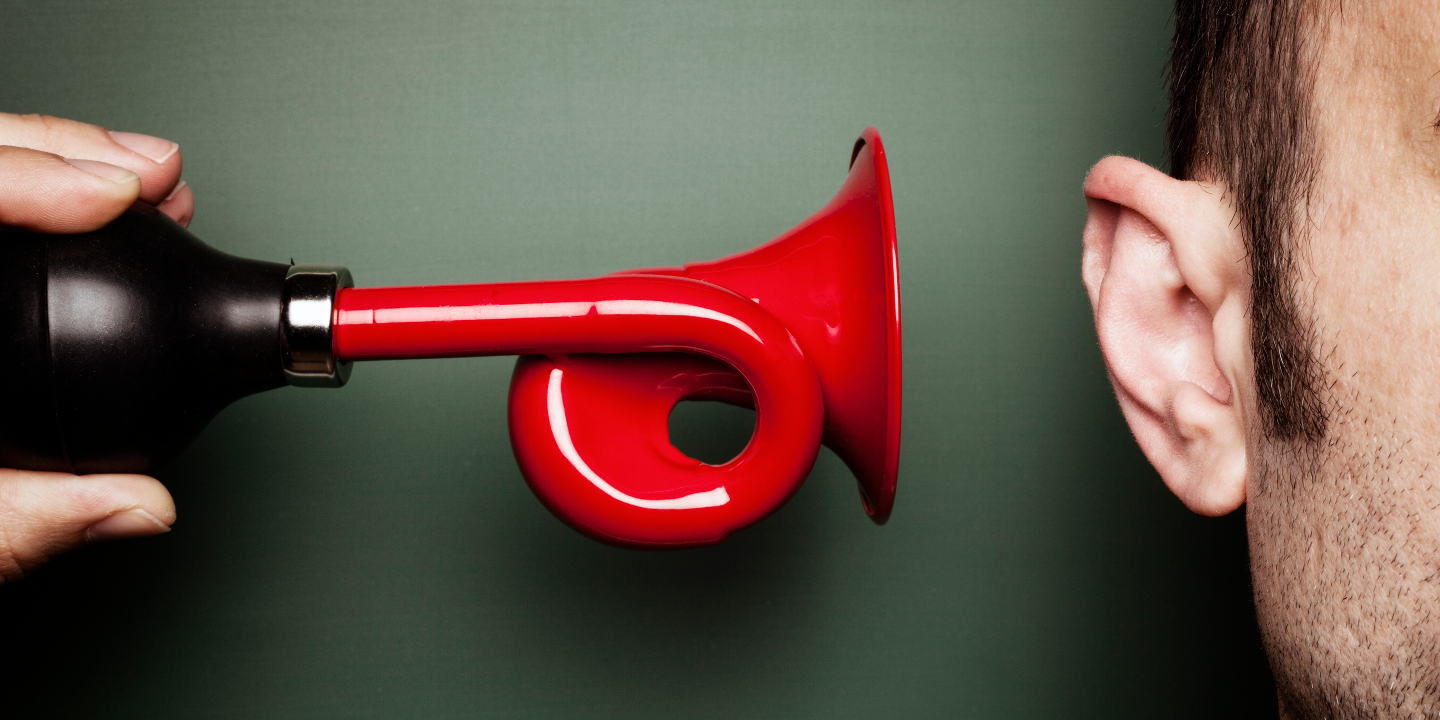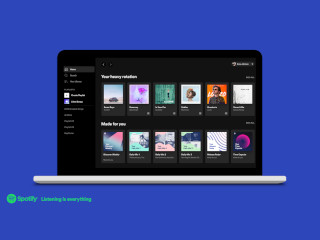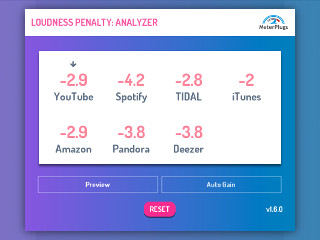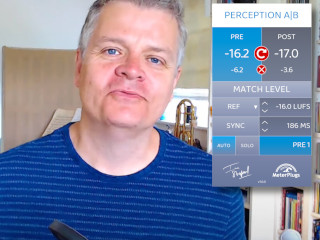Nowadays, loudness management is everywhere: TV, iTunes, YouTube, Spotify, etc. If your music is too loud, it will be turned down. This creates a more consistent and enjoyable experience for the listener, but to ensure that your music sounds its best wherever it’s played, it helps to have a solid understanding of loudness levels.
Luckily, it’s not that difficult! Let’s dive in…
What is ITU BS.1770?
Loudness measurements are taken using specialized loudness meters. These meters are standardized, so they all give the same measurement for the same piece of music, unlike RMS meters, for example, which may have different calibration levels and window sizes that result in different measurements.
The ITU BS.1770 loudness standard describes an algorithm for measuring loudness that manufacturers can use to create loudness meters. The units for the measurement are in LKFS (more on that later).
The BS.1770 measurement does a few things:
- It uses a “K” frequency weighting to de-emphasize the low-end
- It averages out brief bursts and dips in loudness
- It weights rear surround channels higher
- It uses gating to exclude very quiet sections
Perceived Loudness
The k-weighting step accounts for the fact that we do not perceive all frequencies as being equally loud. For example, the human ear perceives low frequencies as being quieter than mid and high frequencies. Notice how the k-weighting “rolls off” low frequencies:
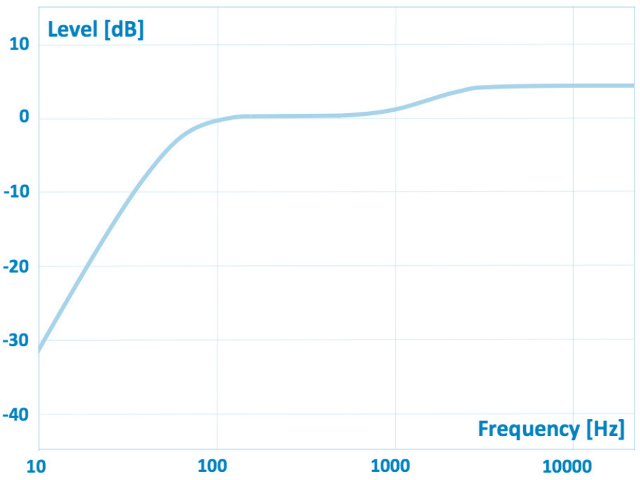 K-weighting used by ITU BS.1770
K-weighting used by ITU BS.1770
The BS.1770 measurement is designed to capture how we subjectively perceive loudness, making it difficult to “cheat” the algorithm to gain a competitive “loudness advantage” (if you even believe such a thing exists).
Integrated Loudness
The BS.1770 measurement is an “integrated” or “overall” measurement - a single loudness value for an entire song, CD, film, etc. An integrated meter keeps measuring until you stop it. This is in contrast to a “windowed” or “short-term” measurement, that has a fixed length.
Channel Weightings
ITU BS.1770 is designed to measure up to five channels, in a surround configuration. If rear channels are used, they are weighted slightly higher (i.e., they have more influence on the result) because, according to ITU BS.1770, “…sounds arriving from behind a listener may be perceived to be louder than sounds arriving from in front of the listener.” They tested this stuff. I believe them.
Gating
The gating step filters out quiet parts of a program or song so that they do not contribute to the final loudness level. For example, long periods of silence in a narration track would not bring down the loudness level; instead, the algorithm would only measure the loudness of the spoken words. The net effect is that only the loudest parts of a program are measured.
LUFS vs. LKFS
The final output of ITU BS.1770 is a single loudness value with units LKFS: “Loudness, K-weighted, relative to Full Scale.” You may have come across another unit, LUFS, which stands for “Loudness Unit, relative to Full Scale.” LKFS and LUFS are the same.
The “Loudness Unit” (LU), is used to specify loudness levels that are relative to something other than full-scale - analogous to using dB instead of dBFS. In fact, LKFS / LUFS are related to dB in that a 1 dB increase in a signal will result in the same increase in LKFS.
To summarize, these new loudness measurements (LKFS, LUFS and LU) are great because:
- They give us a standard way to measure loudness
- A single number can describe an entire song or album
- They are based on how we perceive sound
Many DAWs now ship with built-in loudness meters. If yours does not have one, many loudness meter plugins are available (e.g., LCAST).
